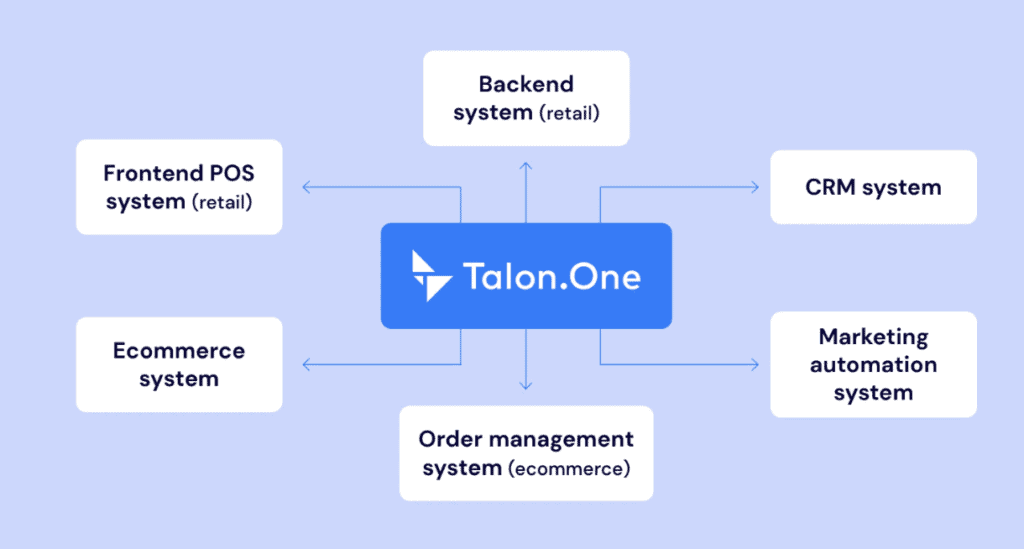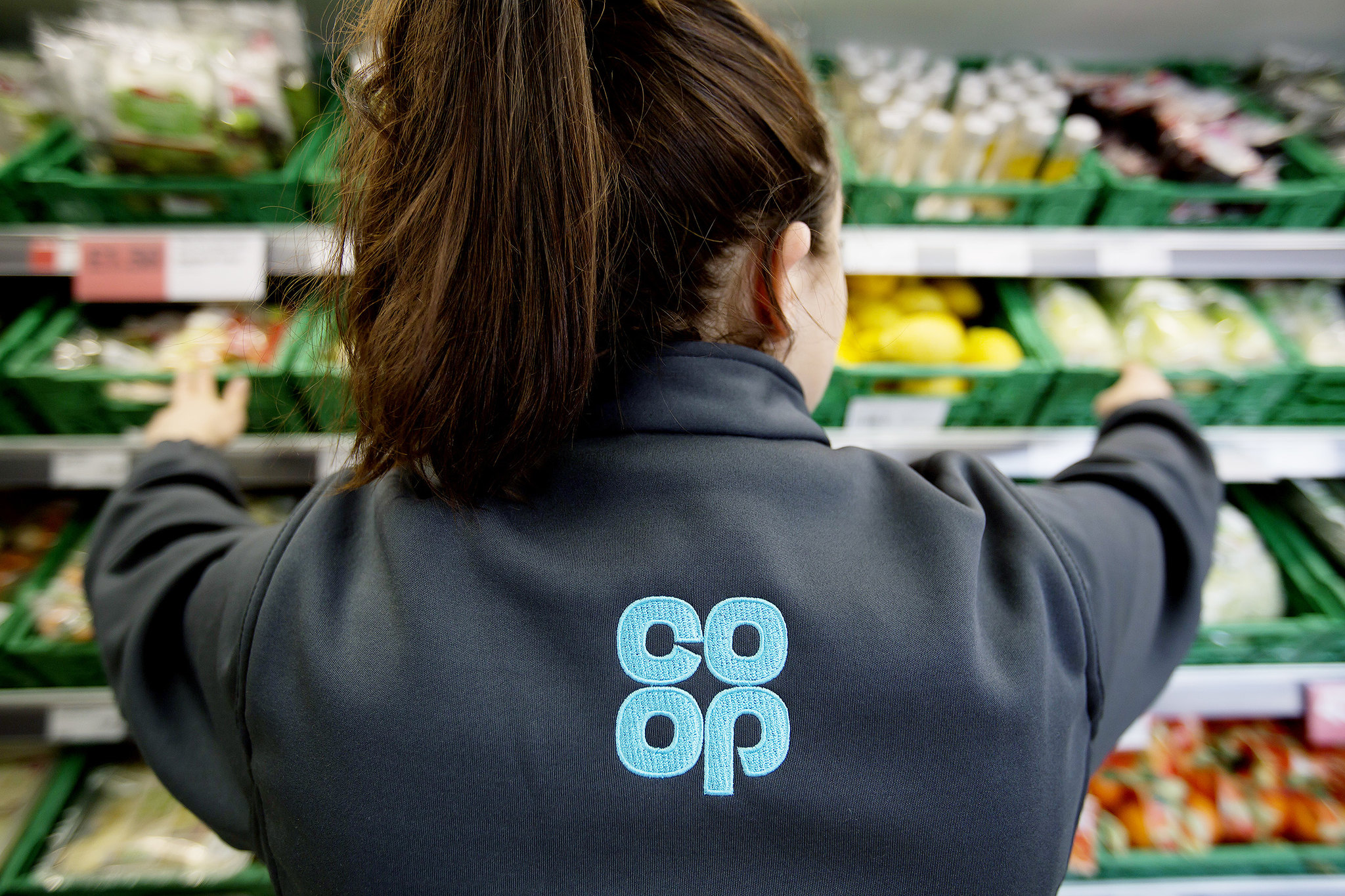Unifying offline and online customer experiences is one of the toughest challenges facing retailers – but also one of the biggest opportunities. Both come with their own strengths: the flexibility of online commerce means endless opportunities for personalisation, while in-store offers a unique, immersive experience. But with the right point-of-sale (POS) system, retailers can marry both, and finally make omnichannel retail a reality.
In this piece, we’ll look into the challenges of monolithic POS systems, how retail leaders are modernising the point of sale system, and best practices for omnichannel success.
The challenges of monolithic point-of-sale systems
A point-of-sale system refers to the hardware and software involved in helping customers purchase products. Many people associate POS solely with checkout or payment software, but a reliable and future-proofed POS system should consolidate various data sources, for example linking to your inventory, CRM, or promotion and loyalty software. This is key to accessing more precise customer data and gaining a better understanding of your customers.
The POS market is highly diverse and segmented, with each solution offering different functionality. But the industry is also dominated by a handful of large corporations, who offer legacy-led monolithic POS systems that make any customisations or additional functionality hard to integrate. This makes buying, integrating and maintaining point-of-sale systems a big headache, especially for companies with large networks of shops.
Challenges include:
- Vendor lock-in, making it extremely expensive and time-intensive to transition to a new point-of-sale system.
- Legacy tech with limited functionality, especially for forward-looking brands focusing on creating an omnichannel customer experience.
- Needing your vendor to make customisations, which takes time, money, or might never be done.
- Dealing with multiple POS vendors across countries and stores, all with their own functionality and drawbacks.
Modernising the point-of-sale system
Because of these constraints, there’s a growing trend to modernise the point-of-sale. Forward-thinking brands are turning to modular-based or headless POS solutions, and breaking out features like reporting, price calculation and promotions from their monolithic POS. Companies can build their ideal POS stack from the ground up – adopting a best-of-breed approach to the vendors they shop from.

Taking a modular approach to your POS means breaking out systems and services from your monolith platform.
From a technical standpoint, a headless approach means decoupling the front-end (user interface) from the back-end (data management and processing) of the POS system. By decoupling the front- and back-end, a headless POS system enables easy integration with other systems and services, like inventory management, CRM, analytics tools, promotion platforms and marketing automation platforms.

How Talon.One’s Loyalty & Promotion Engine integrates with a modular POS
When it comes to promotions and loyalty programs, modernising the point-of-sale system is crucial to being able to react to customers’ actions in real-time – immediately recognising purchases, updating loyalty points or status, and ensuring the user is recognised & celebrated across channels. The benefits of real-time also help avoid financial and reputational damage: namely fraud control by instantaneous redemption, ensuring only valid customers redeem offers, and immediately rolling back earned benefits for returned items.
Three best practices for omnichannel retail success
- Identify current pitfalls with customer journey mapping: To start, map the customer journey at the point of sale across both your online and offline channels – for example, what does the member identification process look like online and within your stores, and how can shoppers view and redeem their vouchers both online and offline? This customer journey mapping will help you understand where your current solutions fall short, and where you might need new tools or integrations to support.
- Avoid vendor lock-in: When buying new POS hardware, we highly recommend buying generic, off-the-shelf devices that are versatile and customisable – rather than being tied to any system or vendor.
- Work with partners that prioritise API-first, headless solutions: Treat building your modular POS system as if you were doing a puzzle: begin with your high-impact corner and edge pieces and then continue putting the rest of the pieces together until you achieve your desired design.
Looking to learn more about how to modernise your point of sale? Download Talon.One’s report, Transforming the point of sale with a composable strategy, for more insights.






